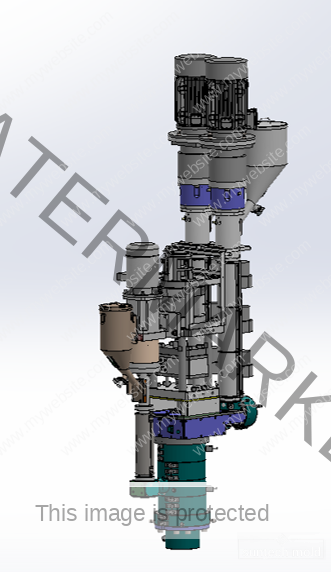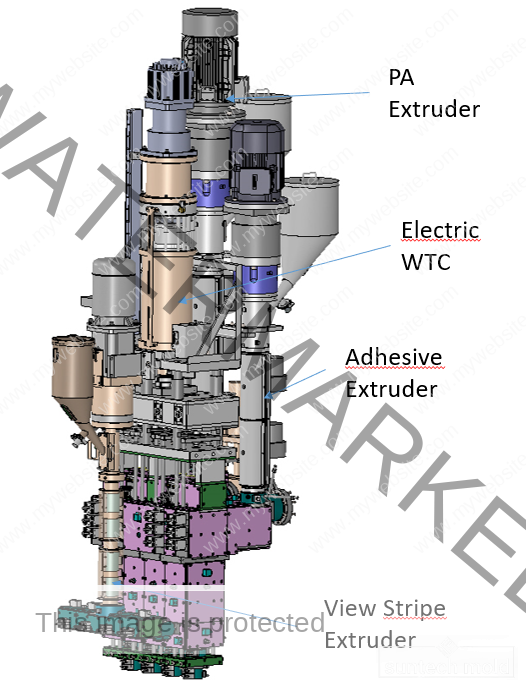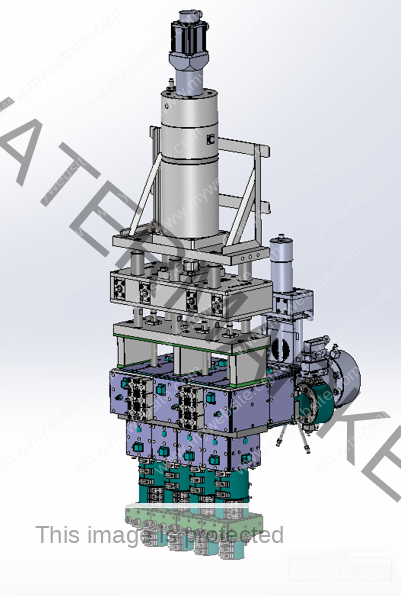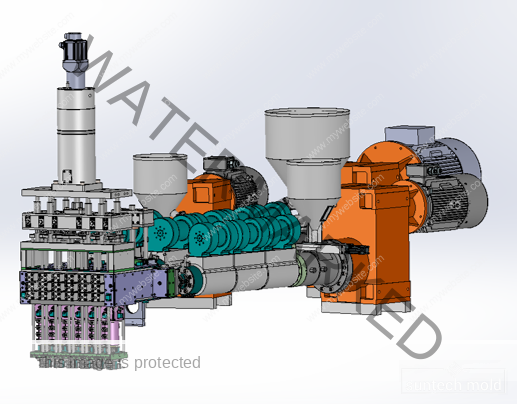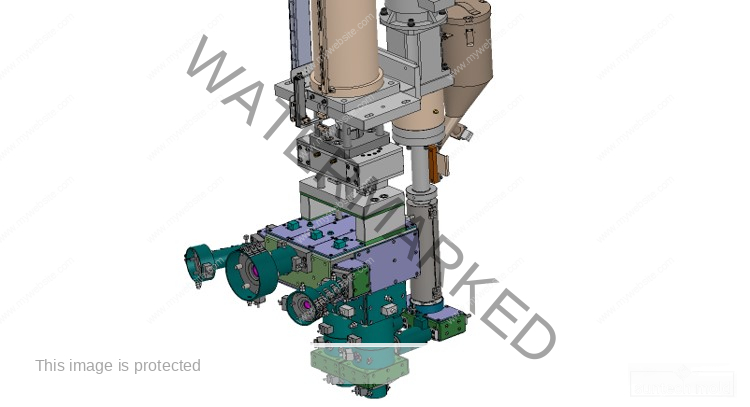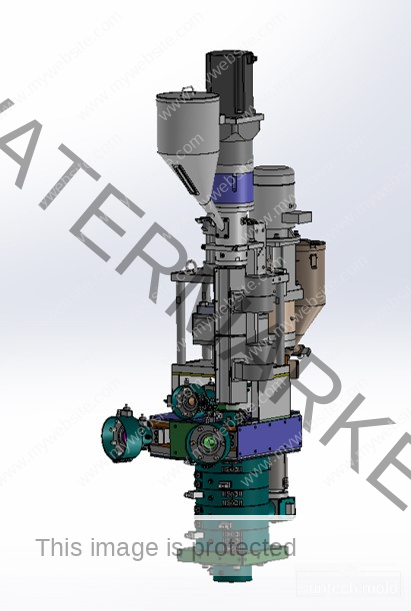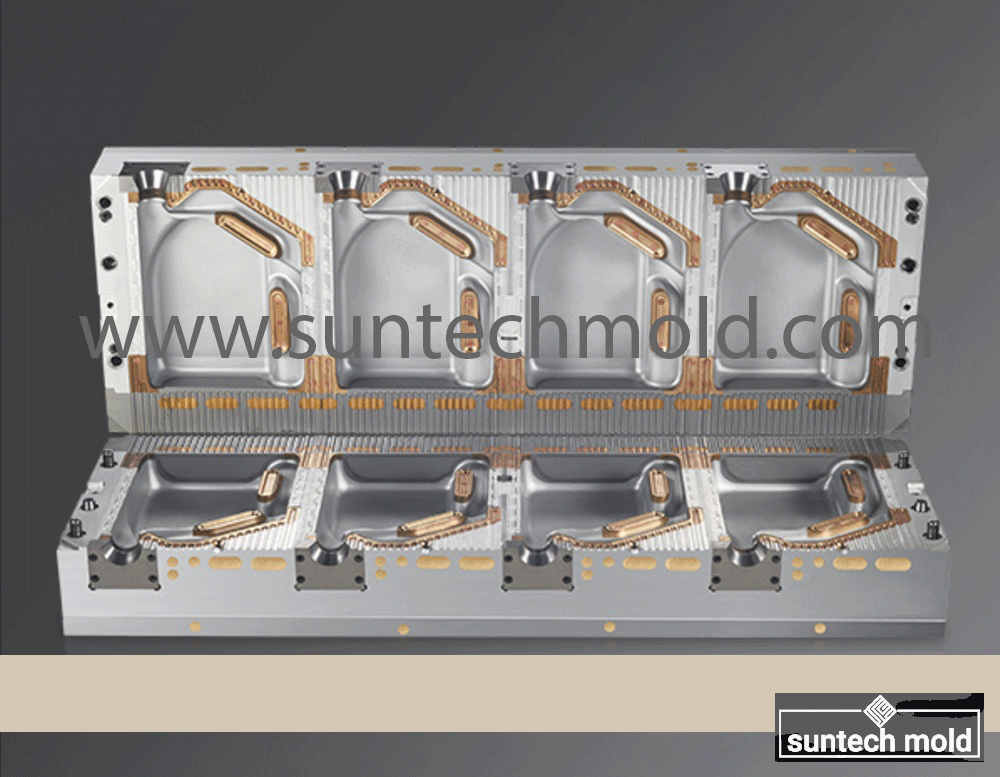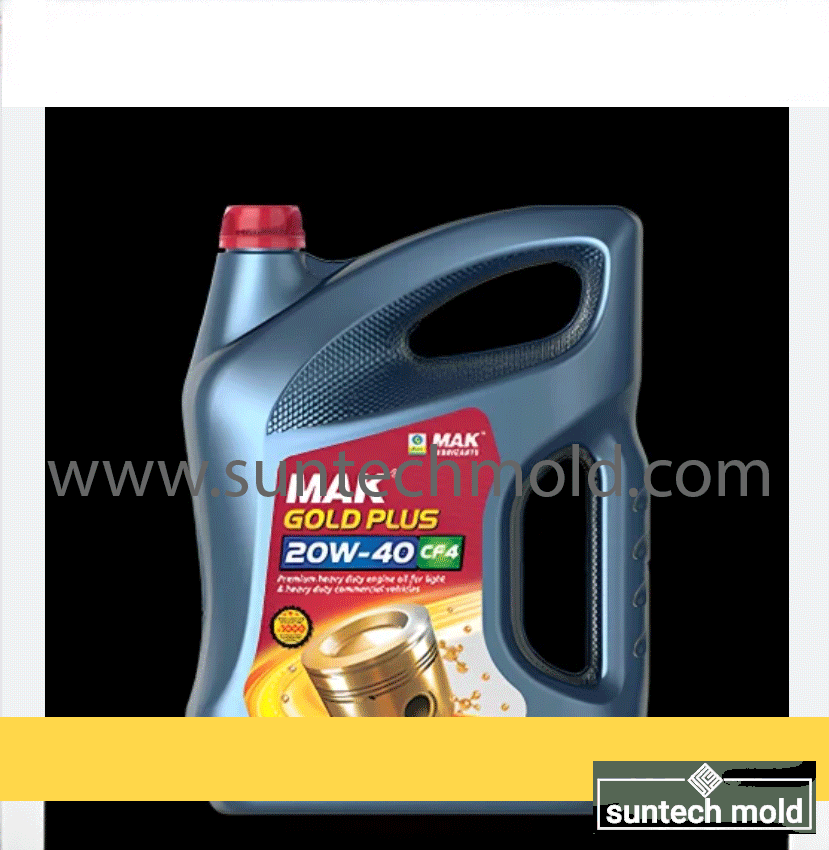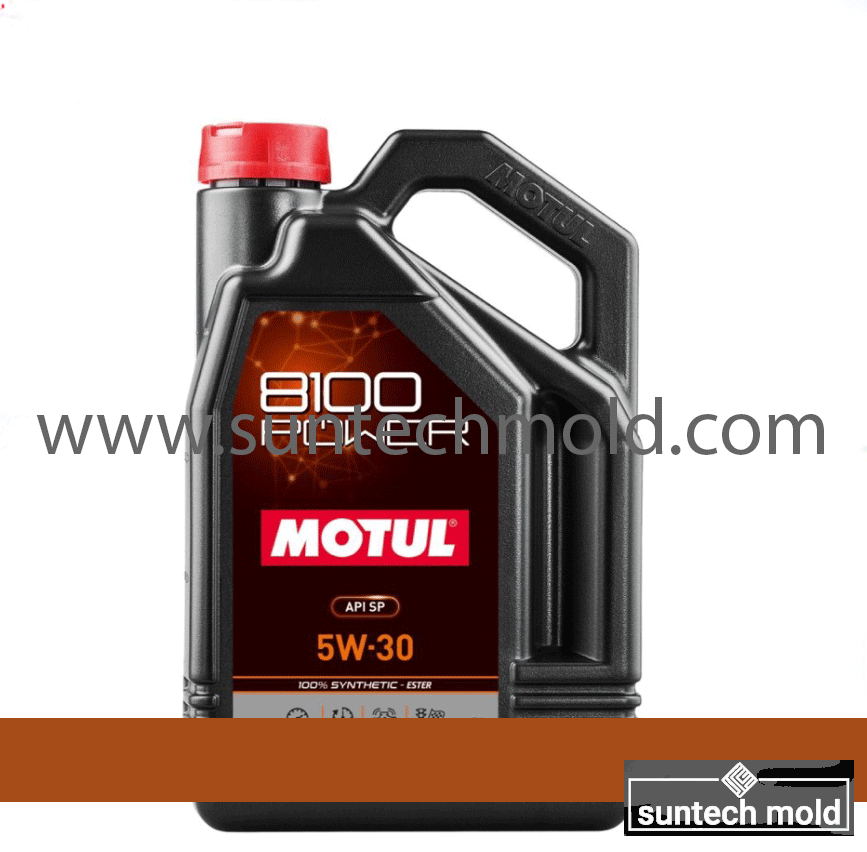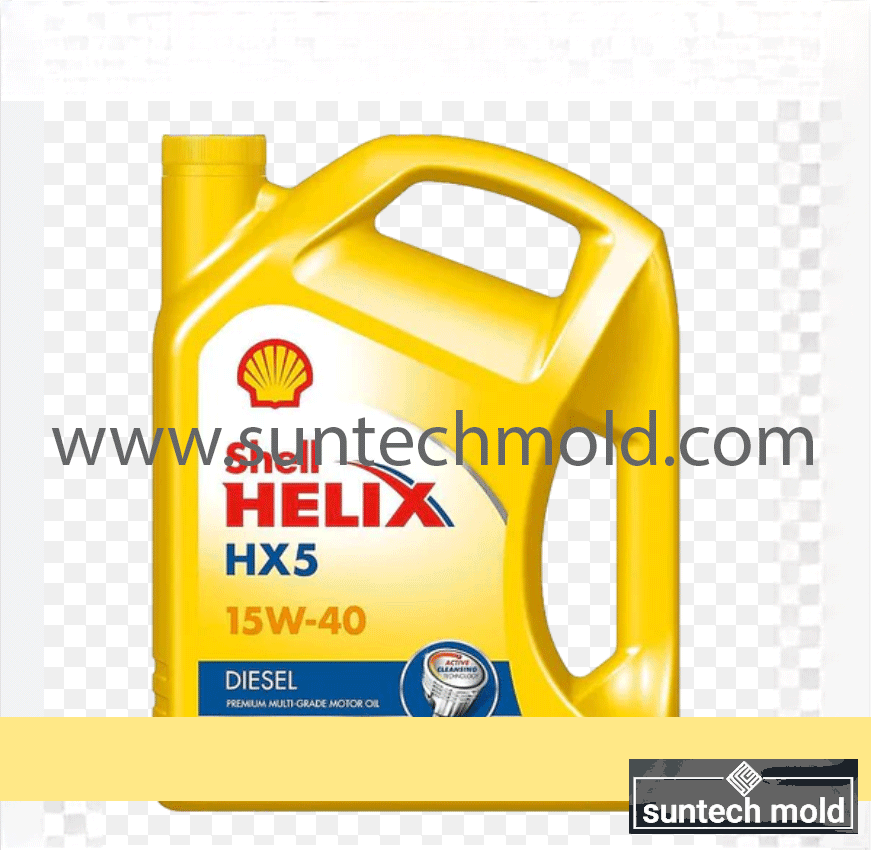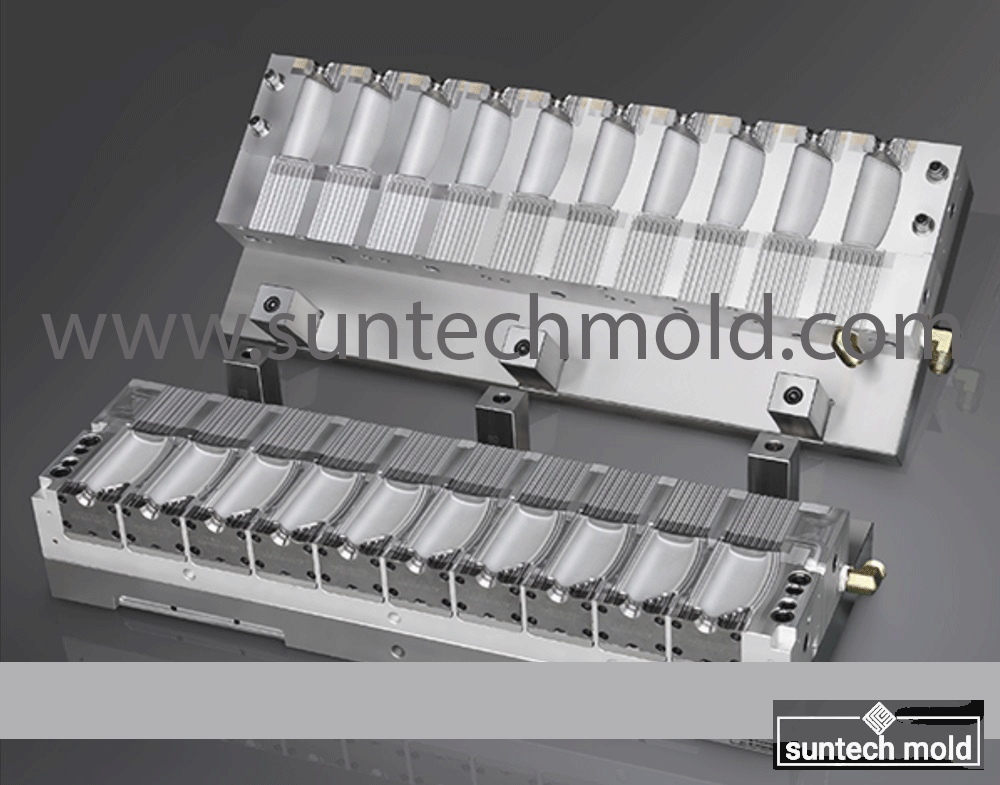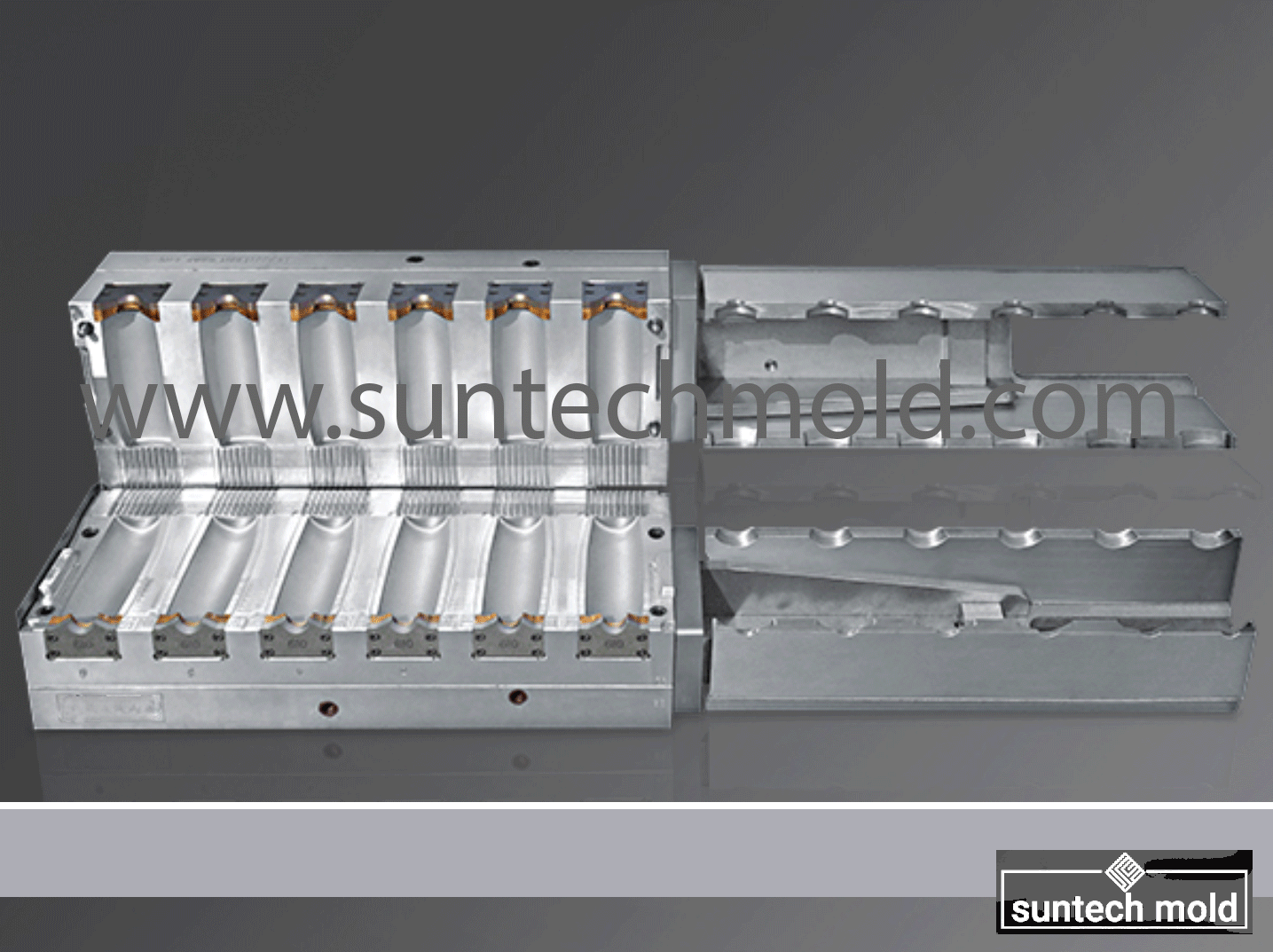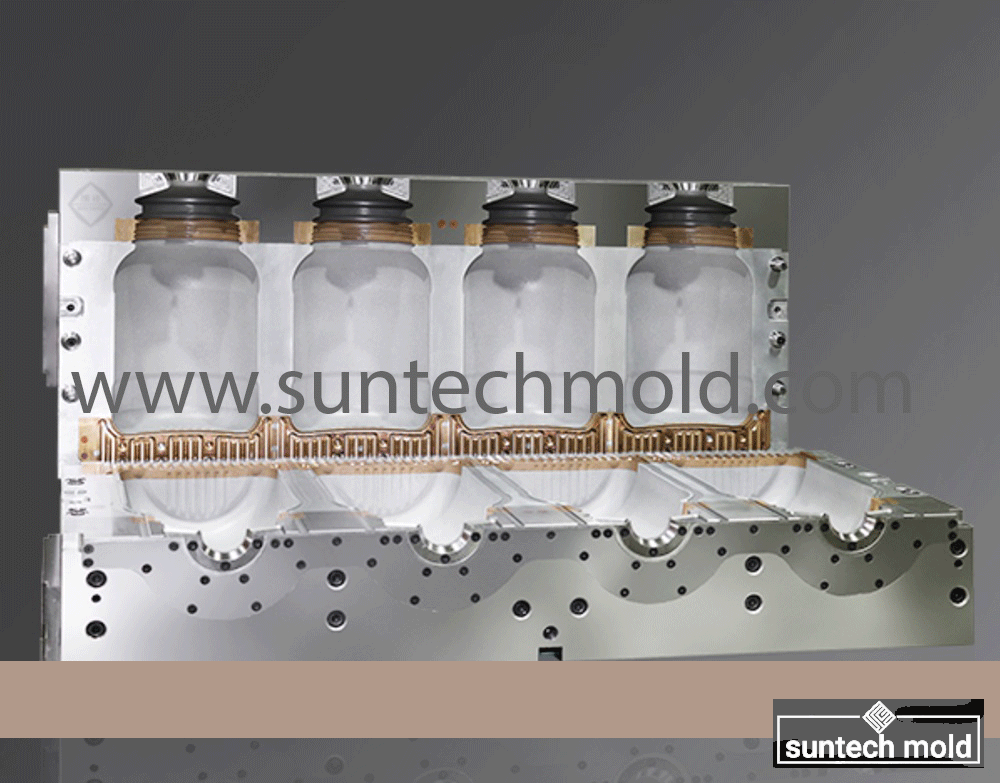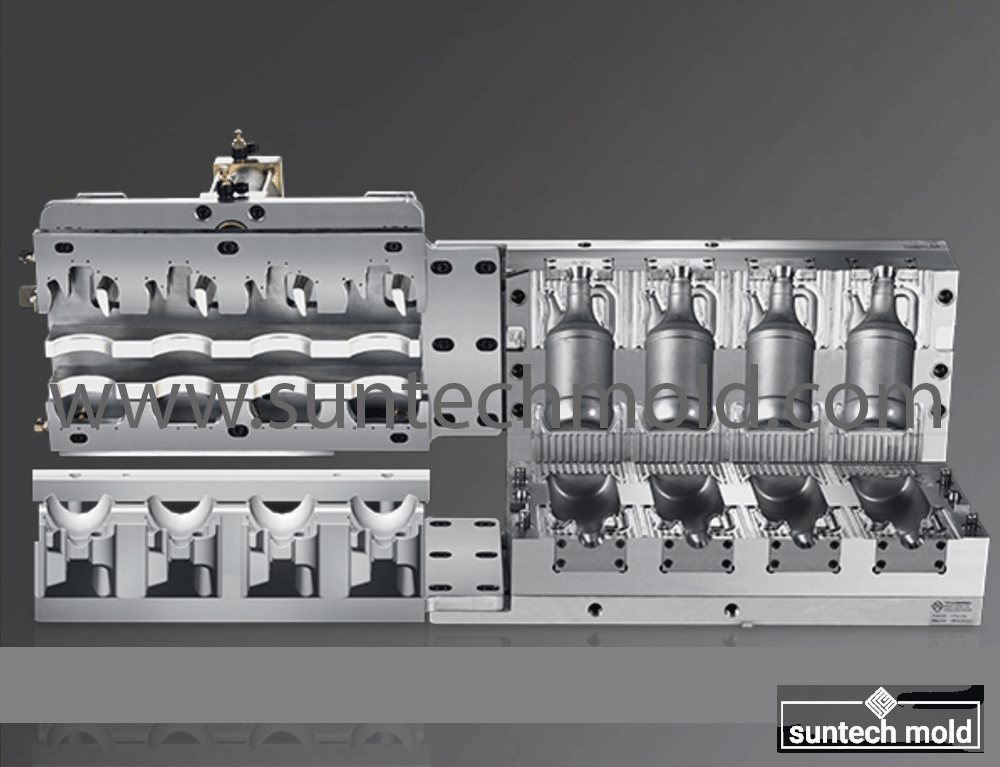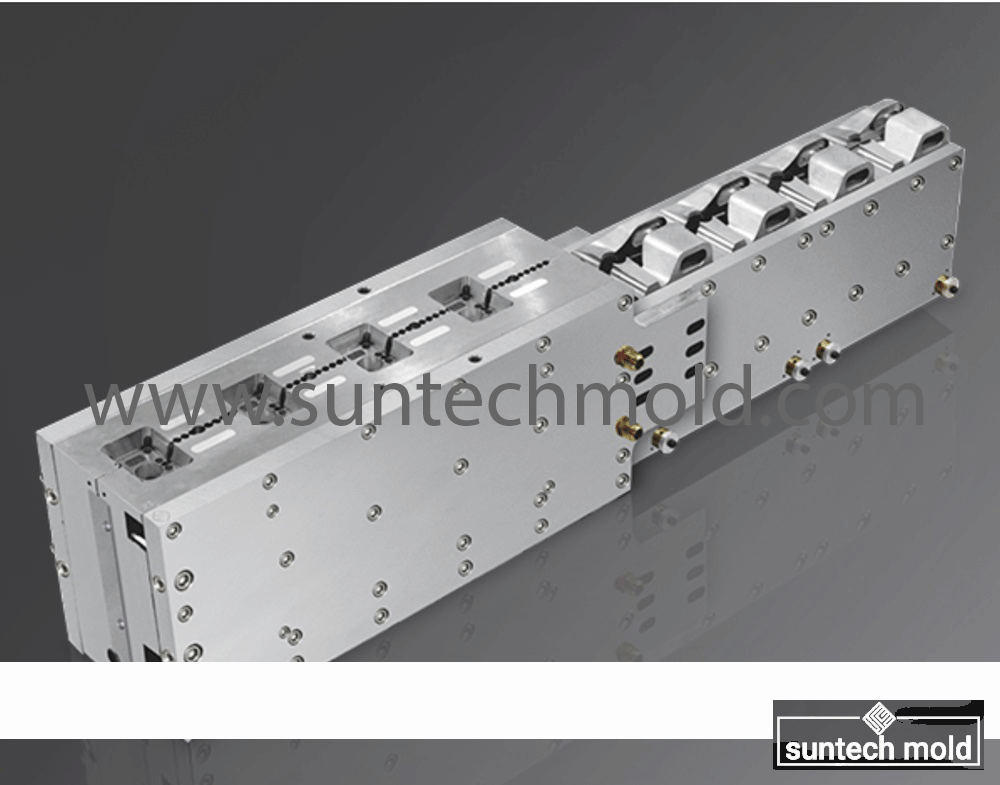4 Cavities 5L Engine Oil Mold – Durable Mold for High-Volume, Heavy-Duty Bottle Production
The 4 cavities 5L engine oil mold is a premium solution designed for manufacturers who require consistent, high-volume production of durable engine oil bottles. Built with precision and efficiency in mind, this blow mold meets the strict requirements of the automotive and industrial packaging sectors. Whether you’re producing bottles for lubricants, industrial oils, or other viscous fluids, this mold guarantees structural integrity, uniform wall thickness, and a reliable molding process.
Why Choose the 4 Cavities 5L Engine Oil Mold?
The 5-liter engine oil bottle is a common size for both retail and commercial applications. Our 5L engine oil mold is engineered to create tough, high-quality bottles that withstand handling stress and ensure product safety.
Key Features:
-
4-cavity configuration for optimized output
-
Compatible with HDPE, PET, and custom resin materials
-
Reinforced mold body for extended production life
-
Balanced cooling system for uniform wall thickness
-
Designed for easy maintenance and high uptime
With this mold, you’ll benefit from consistent bottle geometry, reduced cycle times, and fewer production defects.
What to Avoid When Designing a Multi-Cavity Blow Mold
A successful 5L engine oil mold goes beyond aesthetics—it must be functional, cost-effective, and maintainable. Here are the most critical design and engineering pitfalls to avoid when building a multi-cavity mold.
Poor Ventilation
Insufficient venting in the mold can lead to trapped air, which results in incomplete fills or surface blisters.
-
Solution: Integrate precise venting channels to allow air escape and ensure complete material fill.
Uneven Wall Thickness
Wall thickness inconsistencies can cause warping, stress points, and bottle failures during use.
-
Best Practice: Use consistent cavity designs that promote even plastic distribution, especially important in 5-liter bottle formats.
Avoiding Over-Complex Geometry
While intricate bottle designs may look attractive, they can make the molding process inefficient.
Why Simplicity Matters:
-
Difficult Release: Complex shapes increase the chance of sticking during ejection.
-
Increased Cost: Complicated designs require longer machining times and costly prototyping.
Aim for a functional, ergonomic design that prioritizes usability and manufacturability.
Material Compatibility and Mold Longevity
Choosing the wrong mold or resin material can cause adhesion, wear, and thermal issues over time.
What to Avoid:
-
Material Mismatch: Ensure the mold materials (usually hardened steel or aluminum alloys) are compatible with your chosen plastic.
-
Thermal Imbalance: Mismatched materials can cause uneven expansion, impacting cavity alignment and part quality.
The 5L engine oil mold from Suntech is manufactured using wear-resistant, thermally stable materials to support long production runs with minimal degradation.
Inadequate Cooling System Design
A mold’s cooling system directly affects cycle time and product consistency.
Common Cooling Issues:
-
Slow Cycle Times: Poor cooling prolongs mold opening time, reducing daily output.
-
Uneven Cooling: Inconsistent temperatures can lead to bottle deformation or uneven shrinkage.
Our mold uses a strategically optimized cooling channel layout that minimizes cycle time and maintains uniform product quality.
Tolerance and Draft Angle Errors
When it comes to mold design, precision is everything. Overly tight tolerances or the absence of draft angles can negatively affect mold performance.
Important Design Notes:
-
Balanced Tolerances: Allow for thermal expansion while maintaining high dimensional accuracy.
-
Incorporate Draft Angles: These assist in smooth part ejection and reduce the chance of cavity damage.
These small yet essential features ensure smooth bottle release and reduce the risk of production disruptions.
Alignment and Ejection Systems
Proper alignment ensures that all four cavities produce bottles of identical shape and dimensions.
Avoid These Issues:
-
Poor Alignment Features: Can lead to inconsistent parting lines or flash.
-
Ineffective Ejection: May cause sticking, scarring, or broken parts.
Our 5L engine oil mold includes robust alignment keys and advanced ejection systems to ensure clean, fast removal with minimal wear.
Cycle Time Optimization and Maintenance
Neglecting to optimize for cycle time or ease of maintenance can slow down production and increase costs over time.
Don’t Overlook:
-
Cycle Analysis: Identify process bottlenecks using simulation and live testing.
-
Maintenance Access: Design molds so cleaning and repairs can be performed without dismantling the entire system.
A well-designed mold isn’t just about performance—it’s about long-term operational efficiency.
Conclusion – Engineered for Strength, Built for Efficiency
Avoiding common pitfalls in blow mold design is essential to achieving a smooth and cost-effective production process. The 4 cavities 5L engine oil mold from Suntech Mold is engineered with these lessons in mind. By focusing on ventilation, material compatibility, cooling efficiency, and alignment precision, this mold delivers reliable, long-lasting performance for heavy-duty packaging applications.
If you’re looking to improve your manufacturing uptime, product quality, and operational efficiency, investing in a precision-engineered 5L engine oil mold is the smart choice.
Contact Suntech Mold today for technical guidance, custom mold options, and expert advice on how to bring your engine oil packaging projects to life.

